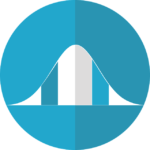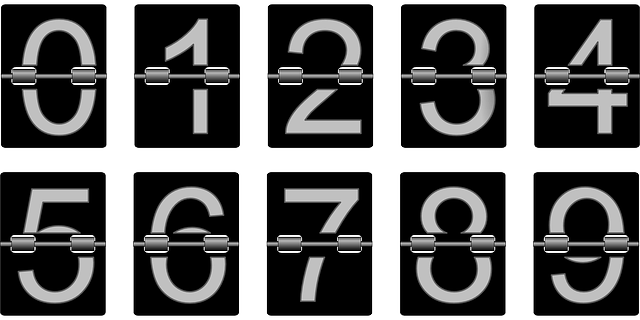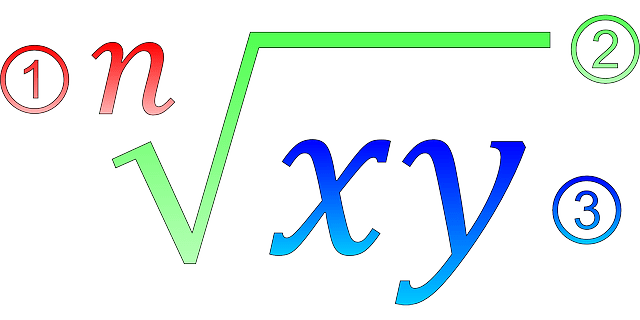For FTCE GKT (General Knowledge Test) math practice test questions, please click on the links below:
FTCE GKT math practice questions
It is a fact that you will do your best on your exam if you practice all of the skills assessed on the FTCE GKT math test. However, many students are unfamiliar with the following types of statistical questions that are included on the exam.
Random sampling

The school board wants to poll a sample of students to get their opinions on dropping the music program in favor of having more sports programs. Which one of the following methods will result in the most statistically valid information about the opinions of all of the students at the high school?
A. To select ten students at random from each grade at the school
B. To speak to all of the members of the high school football team
C. To ask two members of each grade at random as they leave band practice
D. To give questionnaires out to the freshmen and sophomore students
The correct answer is A. This question is asking you about how best to use random sampling to draw conclusions about data. For information to be statistically valid, the data must be taken at random from a sample set of respondents that best represents the entire group. Our entire group in this problem is all of the students at the high school. So, it would be best to select ten students at random from each grade at the school.
The other answer choices would be biased in favor of members of certain groups, namely football players (answer B), band participants (answer C), and younger students (answer D).
Identifying statistical questions

Which of the following is a statistical question?
A. How long is that piece of string?
B. How many customers go to that coffee shop on Saturdays?
C. What time is algebra class?
D. What is Mrs. Brown teaching in calculus class?
The correct answer is B. This question requires you to understand the difference between statistical and non-statistical questions. Statistical questions usually ask about opinions and behaviors. In addition, statistical questions will have a variety of different answers. On the other hand, questions about measuring time and distance are non-statistical questions because they have only one possible answer.
“How many customers go to that coffee shop on Saturdays?” is a statistical question because the amount of customers in the shop will vary from one weekend to the next.
Statistical methods

The state highway department wants to find out how the residents of Buford feel about a new road being constructed around their town. Which one of the following methods will result in the most statistically valid information about the opinions of the residents at the town?
A. To question drivers of a random selection of vehicles traveling through Buford
B. To poll drivers at random as they exit the interstate highway near Buford
C. To select participants for a survey from a list of all of the citizens living in Buford
D. To select a random sample of names from Buford’s voting register
The correct answer is C. The proposed course of action affects all of the residents of Buford, not just those who drive, so the statistical sample must represent these residents as much as possible. The most representative sample would therefore be achieved by selecting participants for a survey from a list of all of the citizens living in Buford. Answers A and B may represent people living in other areas who are merely driving near Buford. Answer D would fail to represent residents of Buford who have not registered to vote.
Statistical probability

A family is planning an annual picnic in Arizona. Rain is forecast for 45 days of the year, but when rain is forecast, the prediction is correct only 90% of the time. What is the probability that it will rain on the day of the picnic? Note that it is not a leap year.
A. 2.2222%
B. 11.0959%
C. 12.3288%
D. 45%
The correct answer is B. The event is defined as the chance of rain. In terms of probabilities, we know that there are 365 days in non-leap years, so this goes in the denominator. The chance of rain goes in the numerator: . However, the forecast is correct only 90% of the time:
45 / 365 = 12.3288% × 90% = 11.0959%
FTCE General Knowledge Math Test (GKT) Format
The FTCE GKT General Knowledge Mathematics Test contains the following types of questions:
- Number sense, concepts, and operations
- Geometry and measurement
- Algebra and the coordinate plane
- Probability, statistics, and data interpretation
The questions on the FTCE General Knowledge Mathematics Test will be multiple-choice, with answers choices A to D.
You will take the exam on a computer, unless you have applied for an exemption.
What’s the time limit?
There are approximately 45 questions in total on the FTCE General Knowledge math exam.
You will have an hour and 40 minutes to take the FTCE General Knowledge math test.
FTCE GKT Math Skills
The following concepts are assessed on the GKT math exam:

Number sense, concepts, and operations
These questions cover the following skills:
- Identifying numbers on a number line
- Understanding the order of operations
- Solving real-world problems involving how to perform addition, subtraction, multiplication, and division
Geometry and measurement

You will need to do GKT math practice test questions that cover these skills:
- Solving problems on two and three dimensional geometric shapes
- Understanding ratio and proportion
- Determining the appropriate forms of measurement, including scientific notation
- Solving real-world problems involving measurements and unit conversions
Algebra and coordinate plane questions

Be ready for these types of questions:
- Finding equivalent expressions
- Problem solving techniques for algebraic expressions, as well as real-life problems
- Equations and inequalities, including lines and linear relationships
- Linear equations and simultaneous equations
- Graphing, including slope, distance, and midpoints
- Interpreting functions
Probability, statistics, and data interpretation

Refresh your math skills by doing GKT math practice test problems in these areas:
- Reading and interpreting graphs, charts, tables, and pictographs
- Understanding processes upon which statistical experiments and conclusions are based
- Calculating mean, mode, median, and range
- Interpreting distributions
- Understanding positive and negative patterns in bivariate data
- Calculating probability
- Infer and analyze conclusions from surveys and other statistical experiments
What about formulas and calculators?
A mathematics reference sheet will be provided to you to use during your test. An on-screen calculator will also be provided. You are not allowed to bring your own calculator.
More GKT Math Test and English Practice Test Questions
If you are taking the FTCE General Knowledge Test (GKT), you will also need help with reading and English language.
Please click on the links below for further exercises and quizzes.
Please note:
The FTCE and Florida Teacher Certification Exam are trademarks Pearson, which is neither affiliated with nor endorses this website.